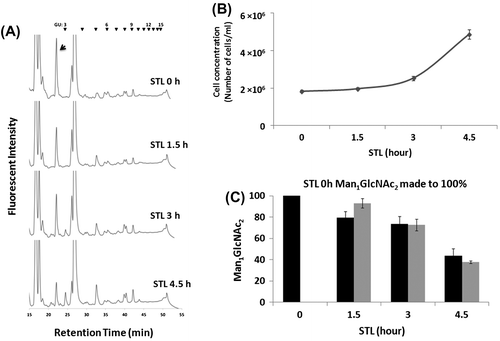Figures & data
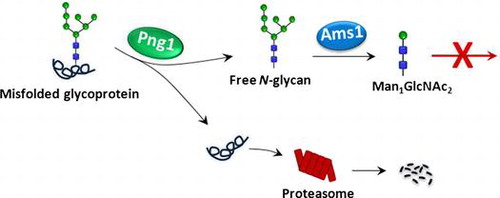
Fig. 1. Processing/degradation pathways for N-glycoproteins in the ER and cytosol of S. cerevisiae.Citation3,4)
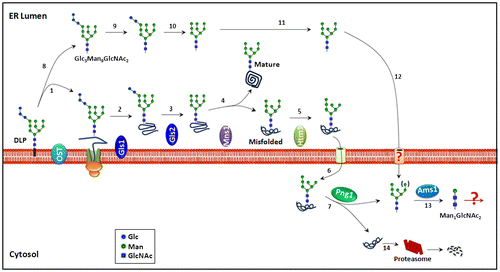
Fig. 2. Identification and characterization of Man1GlcNAc2-PA.
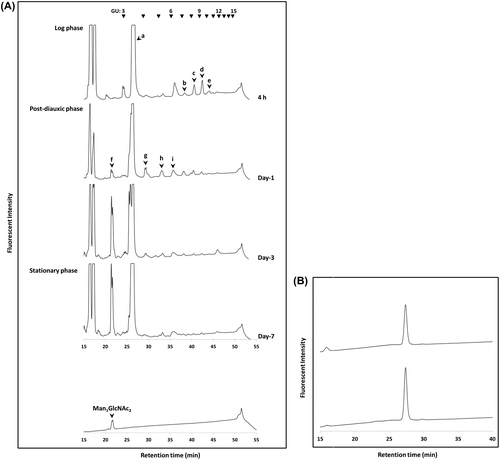
Fig. 3. Man1GlcNAc2 as well as total FNGs continuously accumulate under prolonged culture conditions.
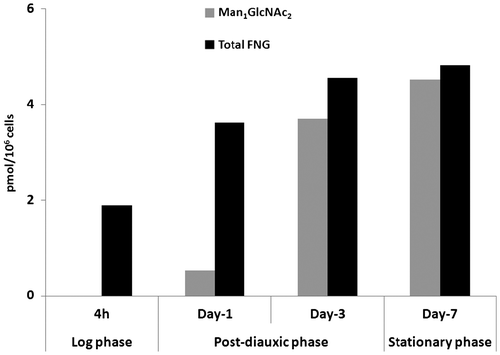
Fig. 4. Reduction of Man1GlcNAc2 in STL is only due to cell division.
